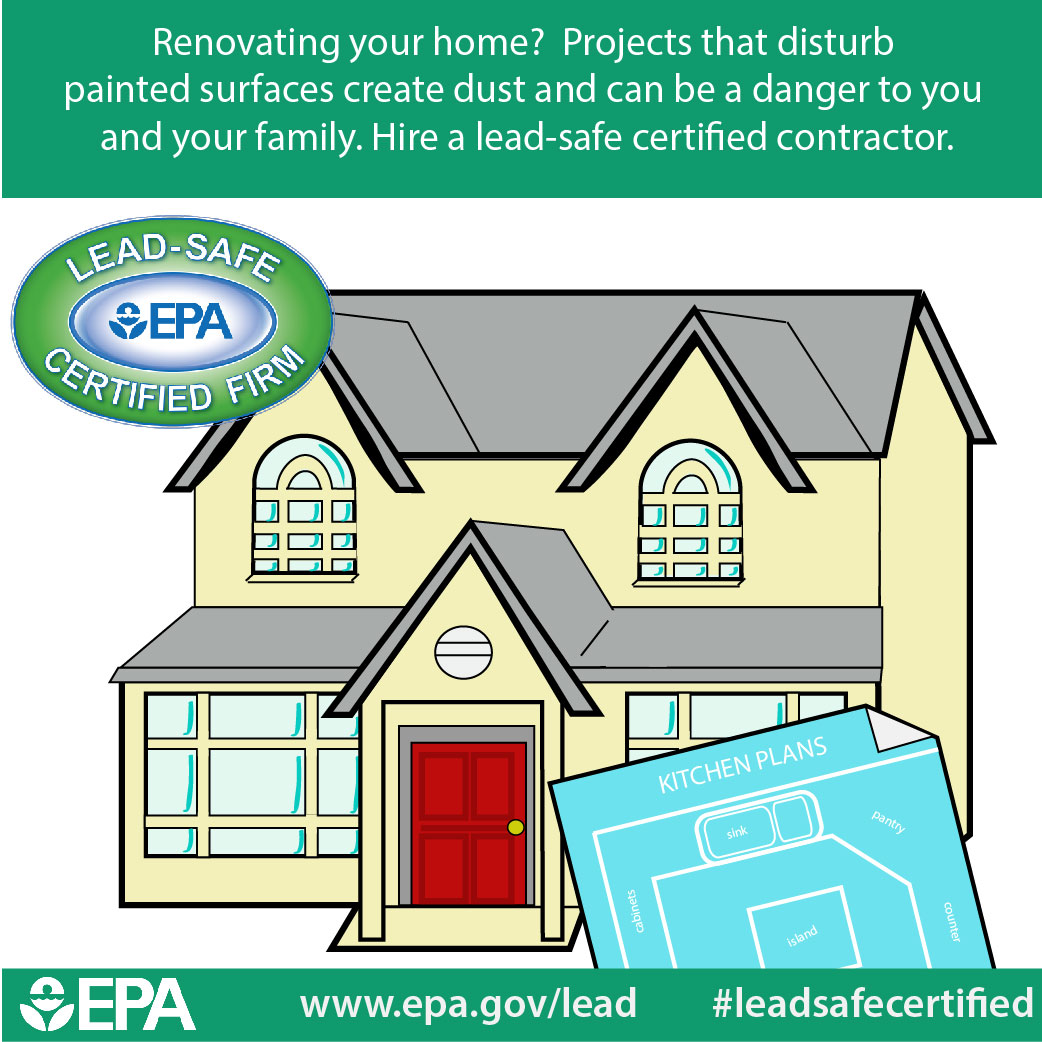Gain Insights Right Into Just How Weather Can Affect The Outcome Of Your External Paint Job, Guaranteeing An Expert Surface
Gain Insights Right Into Just How Weather Can Affect The Outcome Of Your External Paint Job, Guaranteeing An Expert Surface
Blog Article
Web Content Author-Hermann Mohammad
Comprehending how climate condition can influence the end result of an outside paint venture is critical for accomplishing a perfect finish. From temperature level changes modifying paint bond to moisture degrees affecting drying times, each aspect of climate plays a considerable duty in the success of your task. In addition, wind speed and rainfall can introduce unforeseen obstacles that may jeopardize the high quality of the outcome. As we browse through the subtleties of weather's effect on exterior painting, it becomes noticeable that thorough preparation and strategic timing are crucial for guaranteeing a specialist and resilient result.
Perfect Temperature Array for Painting
When considering outside painting tasks, the excellent temperature level range plays an essential role in achieving ideal results. Painting in the appropriate temperature level problems guarantees that the paint adheres properly to the surface, dries evenly, and remedies effectively. Generally, the recommended temperature array for exterior paint is between 50 to 85 levels Fahrenheit.
Painting in temperatures below 50 degrees Fahrenheit can result in concerns such as inadequate paint attachment, long term drying times, and an enhanced chance of splitting or peeling.
On the other hand, paint in temperatures above 85 degrees Fahrenheit can create the paint to completely dry too quickly, resulting in blistering, bubbling, and an unequal surface.
To accomplish the very best results, it is necessary to check the weather report prior to beginning an external painting project. Ideally, goal to repaint during mild climate condition with modest temperature levels and reduced moisture levels.
Impacts of Humidity on Paint Drying
Humidity degrees substantially influence the drying process of paint related to exterior surfaces. High moisture can extend the drying time of paint, causing prospective issues such as dripping, spotting, and even the formation of bubbles on the repainted surface area. Excess wetness in the air slows down the evaporation of water from the paint, preventing the curing process. This is specifically troublesome for water-based paints, as they depend on evaporation for drying out.
On the other hand, low humidity degrees can likewise influence paint drying. Very completely dry conditions might cause the paint to completely dry too swiftly, causing inadequate bond and a rough coating. In such situations, adding a paint conditioner or spraying a fine haze of water airborne can help manage humidity levels and enhance the painting result.
To make certain ideal drying out conditions, it is advisable to repaint when the humidity levels vary between 40% and 50%.
Tracking humidity levels and taking proper actions can assist attain a smooth and resilient paint coating on outside surface areas.
Wind and Precipitation Considerations
Wind rate and rainfall are crucial elements that substantially affect the success of an outside painting task.
When it concerns wind, both speed and direction are important factors to consider. color de trailas por fuera can trigger paint to dry too promptly, leading to a below average do with potential issues like splitting or unequal structure. Additionally, wind can carry particles that might stick to the damp paint, resulting in blemishes. Consequently, painters must intend to deal with days with light to moderate winds for optimum paint conditions.
On the other hand, precipitation, whether rainfall or snow, can be very damaging to the result of an external paint task. Dampness from rainfall can prevent paint adhesion, creating peeling and bubbling over time. It is essential to stay clear of paint during rainy or snowy climate to guarantee the durability and top quality of the paint work. Painters ought to likewise permit enough time for the surface area to dry thoroughly after any precipitation before beginning or resuming the paint process.
Verdict
In conclusion, weather play a considerable function in the outcome of an exterior paint job. Read More On this page , humidity levels, wind rate, and rainfall all add to the success or failure of the paint task.
https://reidxzksb.theideasblog.com/34373670/discover-the-crucial-concerns-to-think-about-prior-to-selecting-home-painters-and-find-out-the-pointers-for-revitalizing-your-home-with-a-brand-new-layer-of-paint is necessary to consider these factors and strategy accordingly to make certain appropriate paint attachment, drying out times, and total top quality of the ended up product.
